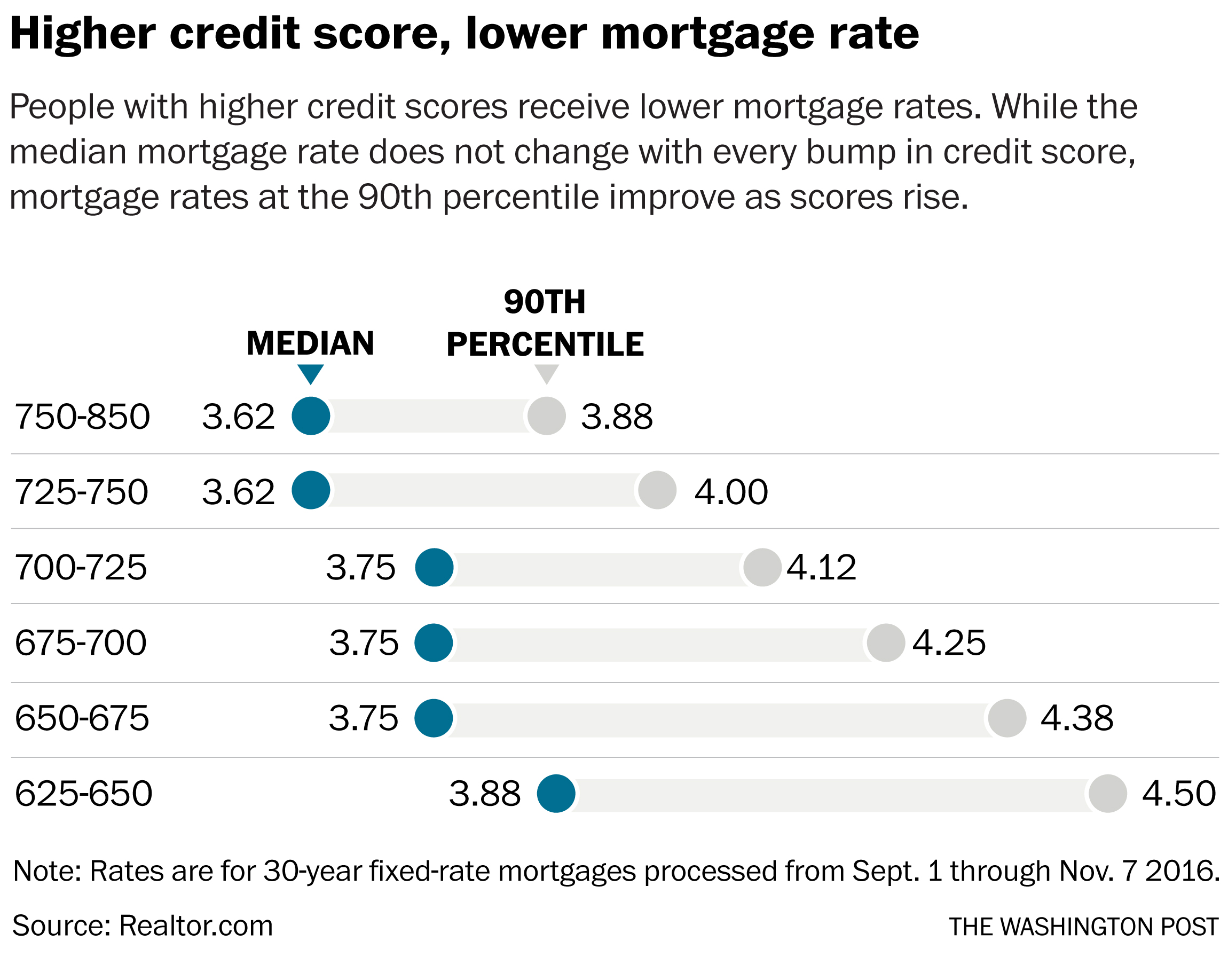Here are a few of the most common examples: when someone purchases a home before selling their existing house. Once the previous home offers the net proceeds from the sale which can be identified from our seller's net sheet calculator can be used to the new home loan for a recast.
A primo circumstance is if they receive a lump sum retirement payment through a golden parachute. They can utilize those proceeds to lower the home loan payment obligation through the recast.: like Tommy in out example above, someone may have an abundance of liquid money and would choose a lower month-to-month obligation.
They mostly exist with 2nd lien mortgages and small banks. Prepayment payments are fees examined by a home mortgage holder for being paid off too rapidly. These home loan companies want to guarantee they're making money for providing a loan. Some prepayment charges can be issued even for a deposit (i.
If you're wanting to save money on your home loan, you have several options. Refinancing and modifying a mortgage will both bring cost savings, consisting of a lower month-to-month payment and the potential to pay less in interest expenses. However the mechanics are different, and there are pros and cons with each strategy, so it's crucial to choose the best one.
What's the distinction between recasting and refinancing your mortgage? Let's compare and contrast. occurs when you make changes to your existing loan after prepaying a considerable amount of your loan balance. For instance, you may make a large lump-sum payment, or you may have included additional to your monthly home mortgage payments for many years putting you well ahead of schedule on your debt payment. how did clinton allow blacks to get mortgages easier.
What Is The Interest Rate Today On Mortgages for Dummies
Since your loan balance is smaller sized, you also pay less interest over the remaining life of your loan. occurs when you get a brand-new loan and use it to change a current mortgage. Your brand-new lender settles the loan with your old loan provider, and you pay to your new loan provider moving forward.
The primary benefit of recasting is simpleness. Your lending institution may have a program that makes recasting simpler than making an application for a brand-new loan. Lenders charge a modest cost for the service, which you must more than recoup after several months of improved cash circulation. Certifying for a recast is different from receiving a new loan, and you may get authorized for a recast even when refinancing is not possible for you.

You might not require to offer evidence of earnings, document your assets (and where they came from), or ensure that your credit report are devoid of problems. Lenders may need that you prepay a minimum amount prior to you certify for modifying. Government programs like FHA and VA loans usually do not receive recasting.
When you recast a loan, the interest rate generally does not alter (but it typically alters when you re-finance). Numerous inputs identify your month-to-month payment: The variety of payments staying, the loan balance, and the rate of interest. But when you modify, your lender only changes your loan balance. Note that modifying a loan is not the like loan modification.
Like recasting, refinancing likewise decreases your payment (generally), but that's due to the fact that you re-start the clock on your loan. The primary factors to refinance are to protect a lower month-to-month payment, change the functions on your loan, and possibly get a lower rate of interest (however lower rates might not https://gumroad.com/derryloike/p/3-easy-facts-about-hedge-funds-who-buy-residential-mortgages-shown be available, depending on when you borrow).
Which Banks Are Best For Poor Credit Mortgages Things To Know Before You Get This
You might have to pay closing expenses, consisting of appraisal charges, origination fees, and more. The biggest expense might be the extra interest you pay. If you stretch out your loan over a long duration of time (getting another 30-year loan after paying down your existing loan for several years), you have to start from scratch.
A new long-lasting loan puts you back in those early, interest-heavy years. To see an example of how you pay principal and interest, run some numbers with a loan amortization calculator. If you actually wish to conserve money, the best option might be to pass on recasting and refinancing. Rather, pay extra on your mortgage (whether in a lump-sum or in time), and avoid the temptation to change to a lower month-to-month payment.
If you refinance, you may actually pay off your loan later than you were going to originally, and you keep paying interest along the way. If you pay extra occasionally and continue making the initial regular monthly payment, you'll save cash on interest and pay off your home mortgage early.